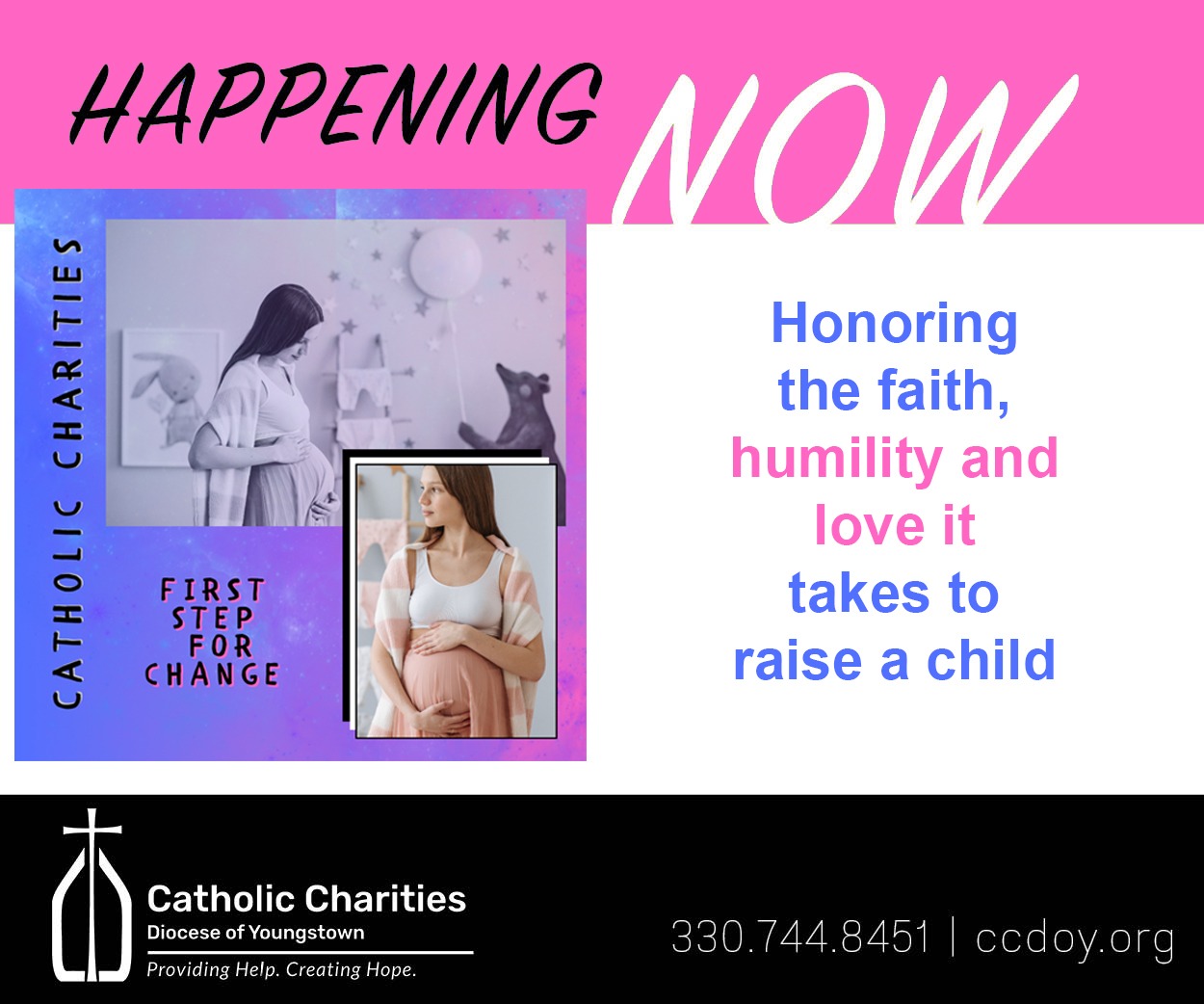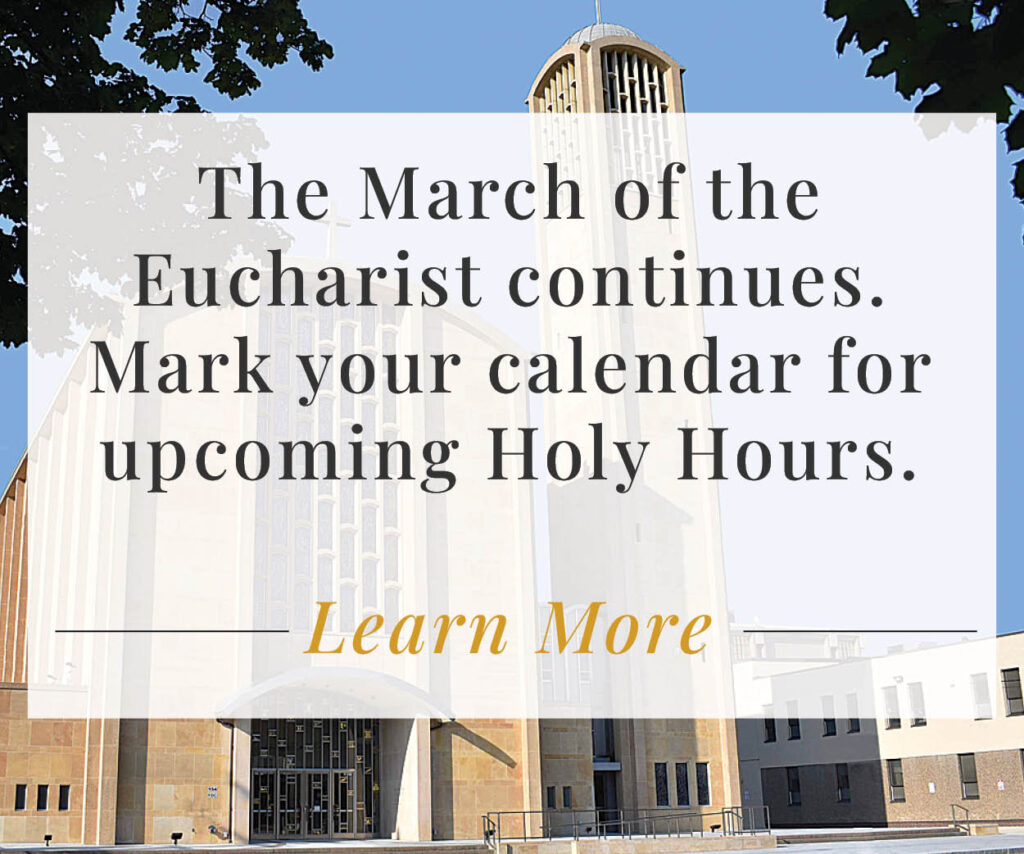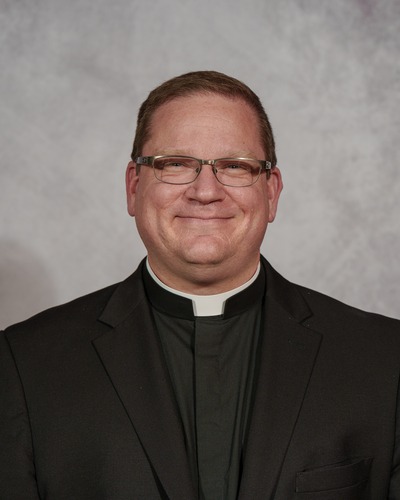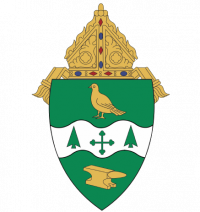
Defeating the proposed Ohio Constitutional amendment on abortion this election day, November 7, won’t be easy—but Catholic leaders and other concerned Ohioans are hopeful that when the “extremist” nature of the proposal is known, many voters will rise in opposition.
“The proposed amendment is very radical,” said Diane Johnson, a registered nurse who recently retired after nearly half-century in health care. She is now involved in communications for Men and Women United for Life, one of many organizations in a coalition opposing the amendment.
Ohio voters will consider an amendment to the state Constitution “which goes dangerously beyond what was legal during Roe v. Wade,” said Michelle Duffy, associate director of communications and outreach for the Catholic Conference of Ohio.
The conference represents the bishops of the six dioceses of Ohio—Youngstown, Cincinnati, Cleveland, Steubenville, Columbus and Toledo, as well as the bishops of three cross-state Byzantine, Romanian and Ukrainian Catholic dioceses and eparchies—on issues of public policy and government relations to empower Ohio Catholics to advocate for their values in the public arena.
What the amendment—if approved by the majority of Ohioans voting—would do, Duffy noted, is “allow abortion through all nine months of pregnancy through ill-defined exceptions. It also opens the door to remove parental consent or parental notification laws and safety regulations that protect women. These measures are viewed as extreme, even by some who support abortion.”
Parental consent and parental notification—the requirement that a minor have her parents’ permission before receiving an abortion or that her parents be notified—are standard in many U.S. states, but these standards would also be in jeopardy, should the amendment pass.
“If you are concerned about women’s health, you should vote ‘no,’ regardless of whether you think abortion should be legal under certain or even most circumstances,” Johnson said.

By weakening legal safeguards, the proposal would not only impede efforts to protect the unborn but would also thwart reasonable regulation and modest restrictions on abortion, said Christy Ballor of Alliance, Stark County, who works with the Youngstown Diocese’s Project Rachel, a spiritual healing and counseling ministry for anyone who is suffering from involvement in abortion.
If this amendment would pass, Ballor warns, even sensible regulations on facilities and physicians performing abortions may cease to exist.
“Monitoring would be left to the abortion industry—organizations like Planned Parenthood and abortion facilities and practitioners who have a financial stake in abortion,” said Ballor, a retired teacher and Ohio Central regional coordinator of the Silent No More Awareness Campaign, an effort by women who have had abortions to share their stories and raise awareness of the physical and emotional risks to women from abortion.
Ballor cites her own experiences in 1972 when, at the age of 16, she felt forced, through fear and a sense of being alone, to have an abortion—an experience that she said left her emotionally scarred for decades. Ballor has since counseled “hundreds of women who had abortions and most of them not because they really wanted to do it but because they felt coerced or felt that they had no other options.”
Reiterating their commitment to the sanctity of all human life at all stages, the Ohio Bishops first issued a public warning in February against the proposed amendment. In the letter, they explained that if the amendment should pass, it “would expand and enshrine abortion at the expense of protection for preborn children and women.
“The Church must not be silent and cannot remain on the sidelines when confronted with such a clear threat to human life,” the bishops wrote, encouraging Catholics “and all people of good will in Ohio” to work against the proposed amendment.
The Catholic Conference of Ohio has been mobilizing resources, including bulletin announcements for parishes and a list of “Frequently Asked Questions,” which includes informed responses to questions that people might raise about the issue, and a “Where Does It Say That?” flyer, which uses the actual text of the amendment to show why it is dangerous and extreme (see page 25). The diocese has also been working with the Catholic Conference to provide priests and parishes with resources to help address this issue and by promoting the state-wide 54-day novena, which is happening now. The novena includes daily email reminders, which you can receive by signing up at pray54ohio.org. The diocese also has a webpage of collected resources at www.doy.org/no-in-november/.
“I really appreciate all that [the] bishops have done,” Ballor said. “They have been speaking out boldly.”



“It’s going to be an uphill battle” getting the message across in the face of “clever but misleading slogans” and the frequent biases of the media in favor of legal abortion, said Dr. Ray Adamek, a retired professor of sociology from Kent State University and an opinion polling expert. Still, Adamek insists that the facts are out there for those who are concerned about the amendment to communicate with the larger public.
The best place to start, in understanding the proposed amendment, is to look at the amendment itself.
The proposed amendment specifically states: “Every individual has a right to make and carry out one’s own reproductive decisions, including but not limited to decisions on: contraception, fertility treatment, continuing one’s own pregnancy, miscarriage and abortion.” Minors are included under the umbrella of “every individual.”
The proposed amendment continues: “The State shall not, directly or indirectly, burden, penalize, prohibit, interfere with or discriminate against” a “person’s voluntary exercise of this right” or a “person or entity that assists an individual exercising this right.” This is where the regulation of doctors and clinics come into play—allowing those in the abortion industry to set their own standards.
ALTHOUGH THE AMENDMENT WOULD ALLOW FOR PROHIBITION OF ABORTION AFTER “FETAL VIABILITY,” THE LANGUAGE ALSO SPECIFIES THAT “IN NO CASE MAY SUCH AN ABORTION BE PROHIBITED IF IN THE PROFESSIONAL JUDGMENT OF THE PREGNANT PATIENT’S TREATING PHYSICIAN DECIDES IT IS NECESSARY TO PROTECT THE PATIENT’S LIFE OR HEALTH.”
Sarah McGervey, executive director of Right to Life of Northeast Ohio, predicted that the proposed amendment would “would nullify existing Ohio laws for parental consent, parental notifications, informed consent, 24-hour waiting period” and other moderate restrictions aimed at protecting those who seek abortion.
“IT WOULD BE A GREAT DANGER TO THE HEALTH AND SAFETY OF PREGNANT WOMEN … because it does not provide for any health or safety regulations” where any fertility treatment or abortion is provided, McGervey said.
Because the proposed amendment would nullify parental consent and notification requirements, she predicted, “it takes parents out of the equation,” hinders them from having an opportunity to offer support and guidance if a daughter is going through an unplanned pregnancy and feels too embarrassed or frightened to go to her parents.
“It leaves a teenage girl alone and denies parents the right to be involved in their child’s potentially life-changing decisions,” McGervey said.
Informing Ohio voters on the implications of the passing of the proposed amendment could be effective in helping voters scrutinize the proposal more carefully. “Even if they are die-hard for abortion being legal,” McGervey said, many Ohio voters “don’t like parental rights being stripped away. The future of Ohio parents’ rights and child safety depends on our defeating this amendment.”
Angela Daczko, diocesan Portage County coordinator for Walking With Moms In Need, a nationwide initiative by the U.S. bishops to encourage Catholic individuals and organizations to refer mothers facing the challenge of unplanned pregnancy to available resources, commented that much of the difficulty in opposing the proposed amendment lies in the ability of abortion supporters—through heftier financial resources—“to frame this proposed amendment as ‘defending women,’ when in reality it will only hurt women and the unborn.
“For our message to defend the dignity of every human life to be effective,” Daczko said, “it needs to be communicated with love” and “backed by the actions that the Church is taking at the parish and parishioner level—that we are committed to protecting and helping women.
“AS A CHURCH, WE NEED TO BE A STRONG ENOUGH WITNESS THAT A WOMAN BEGINS TO ASK HERSELF: ‘WHO ACTUALLY CARES ABOUT WOMEN?’
Is it those who are working to make it easy to end life? Or is it those that are working to help women overcome obstacles and protect her life and those of her children—born or not yet born?” Daczko said.
“I would like Ohioans—especially the faithful—to be absolutely prepared and in prayer regarding the gravity of this proposed amendment to our Constitution,” Daczko said.
“We, as Catholics, and all the people of good will need to unite in prayer to help protect women, parental rights and the preborn,” Duffy said. “Hence, we have the prayer for Ohio and are doing the 54-day novena. The battle is not merely political, but spiritual.”












